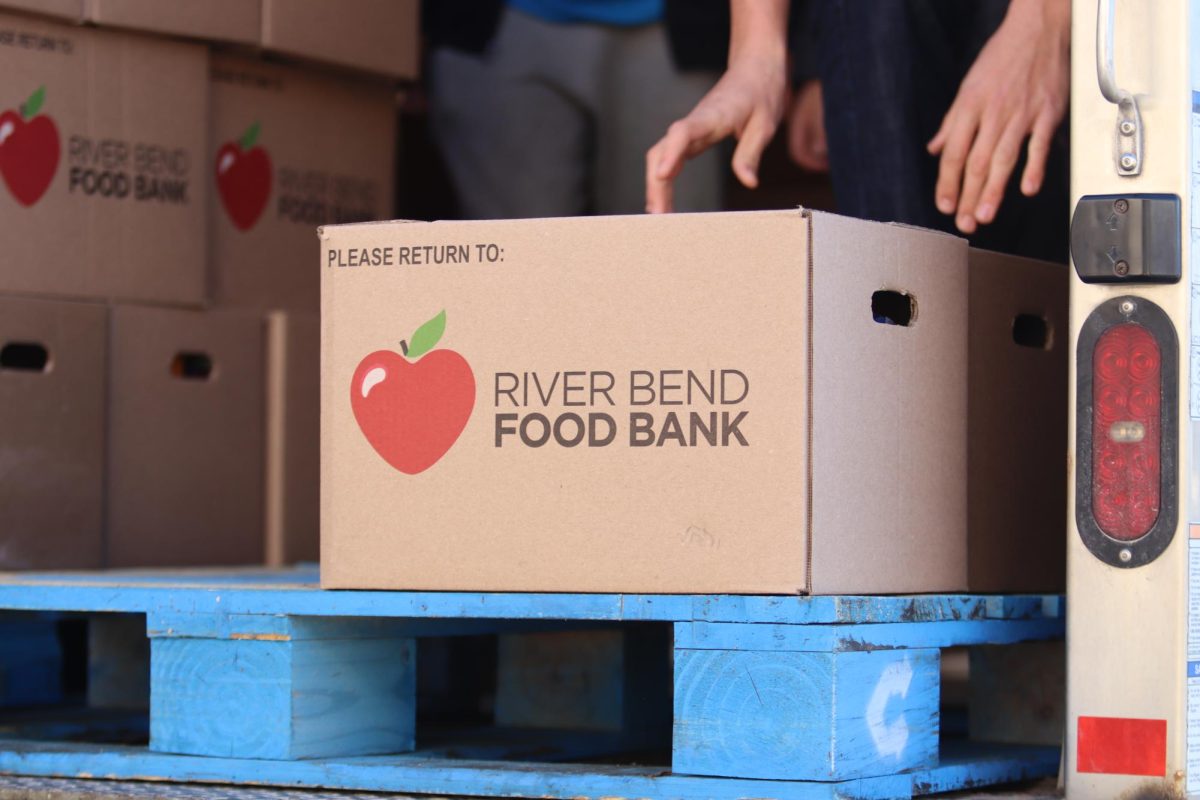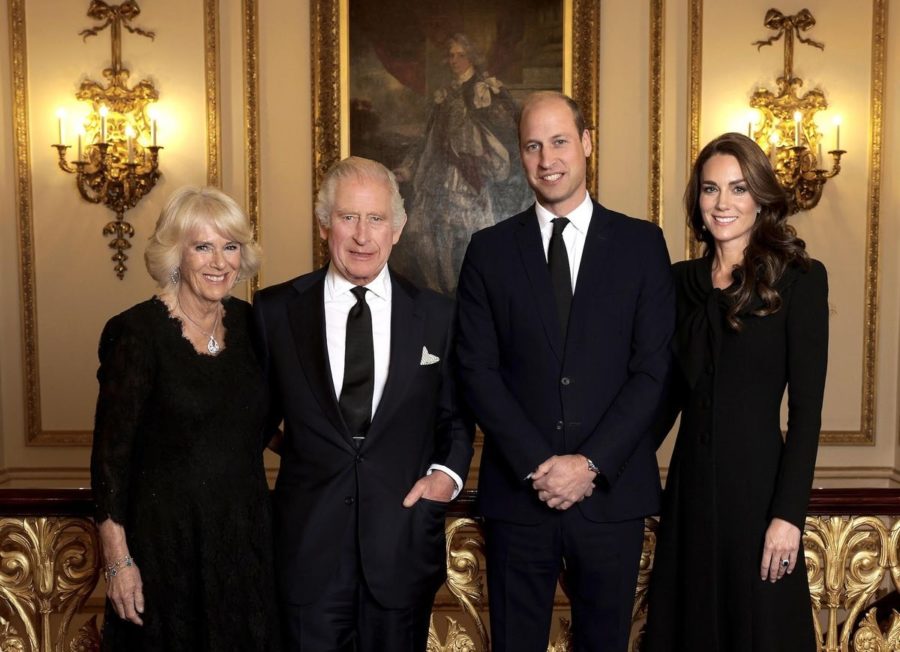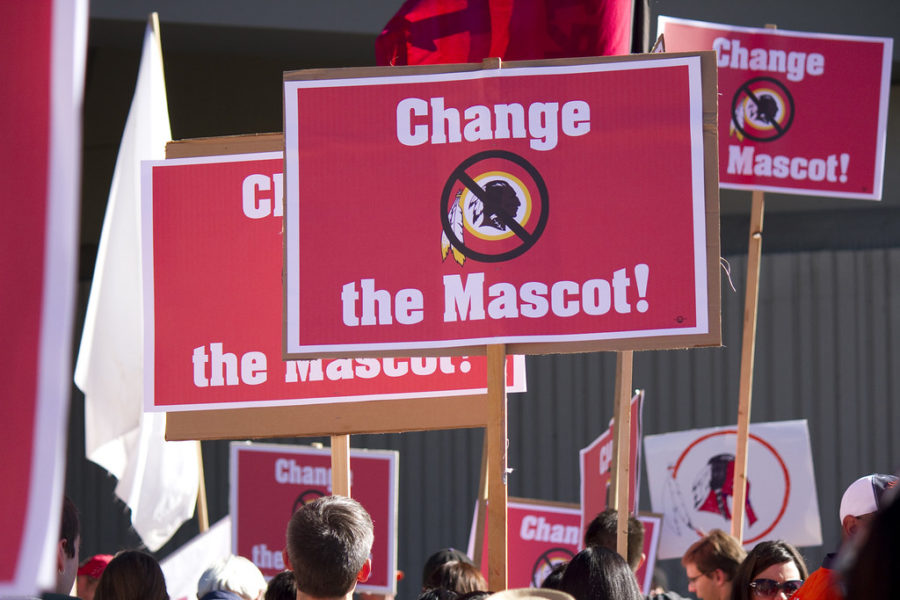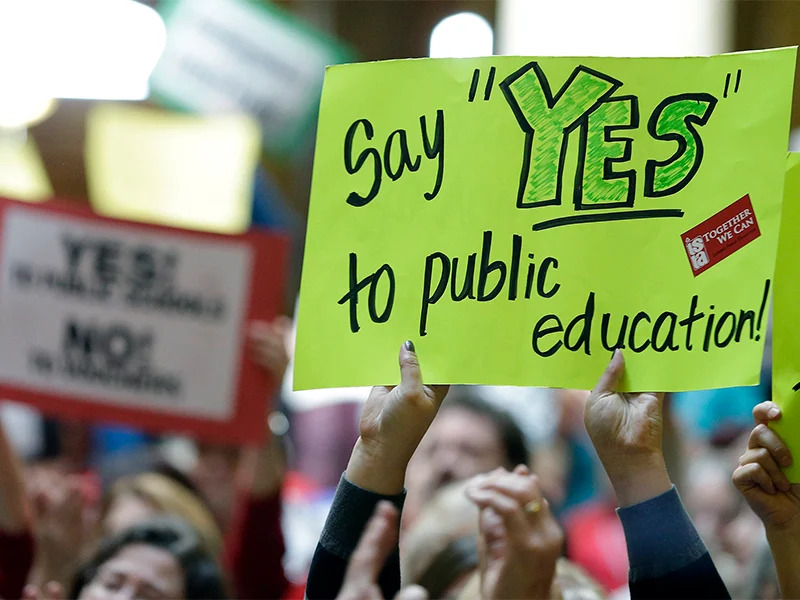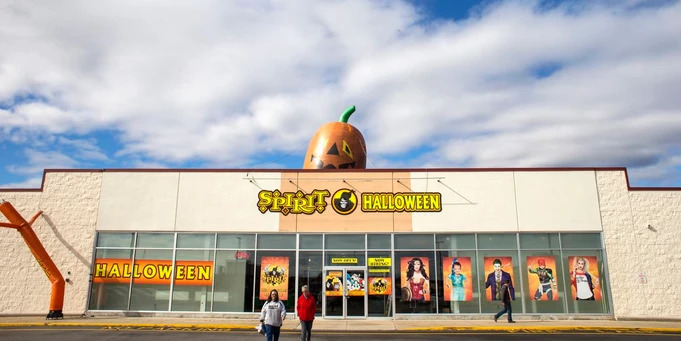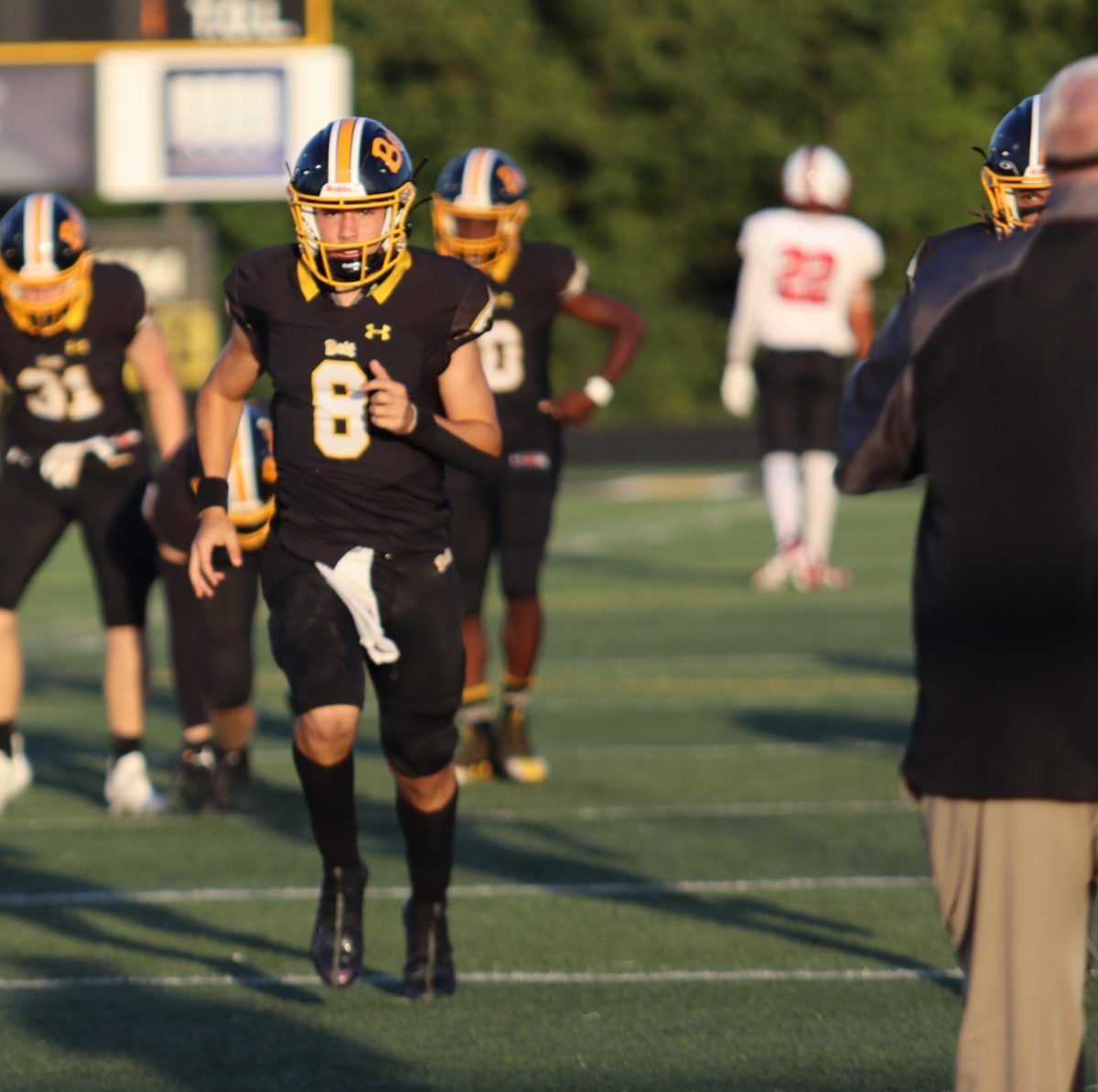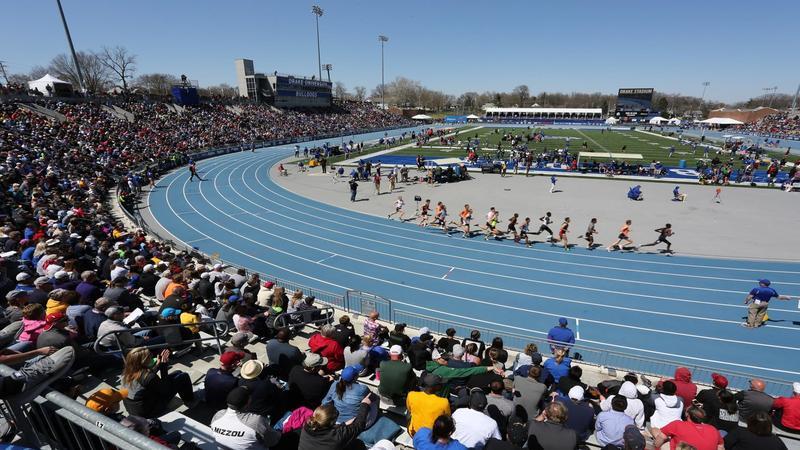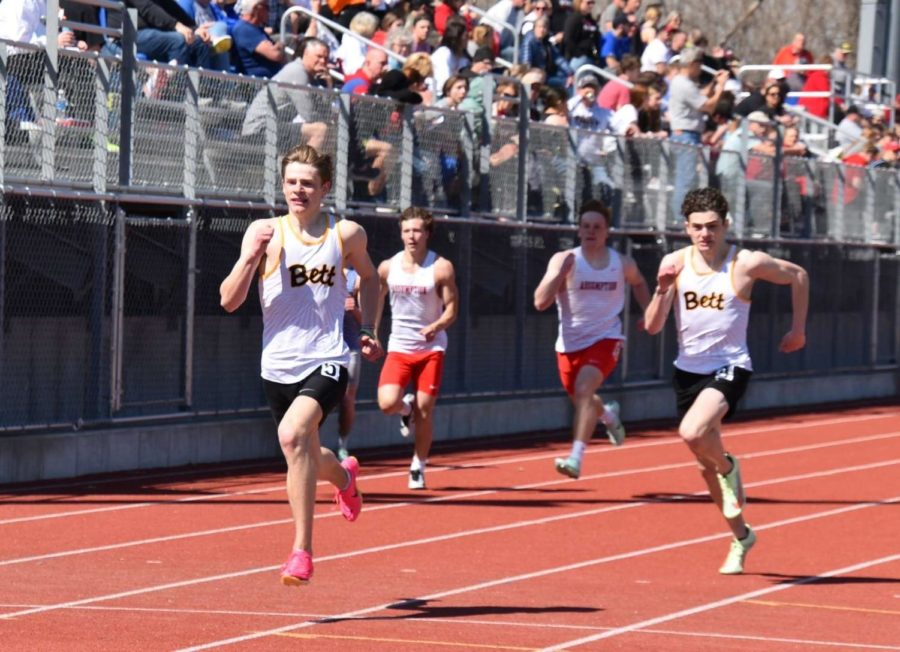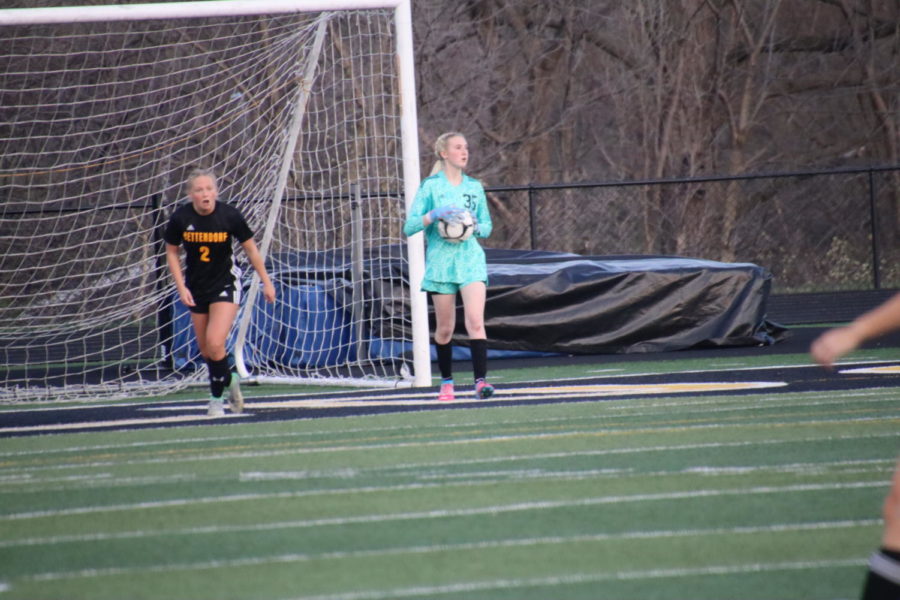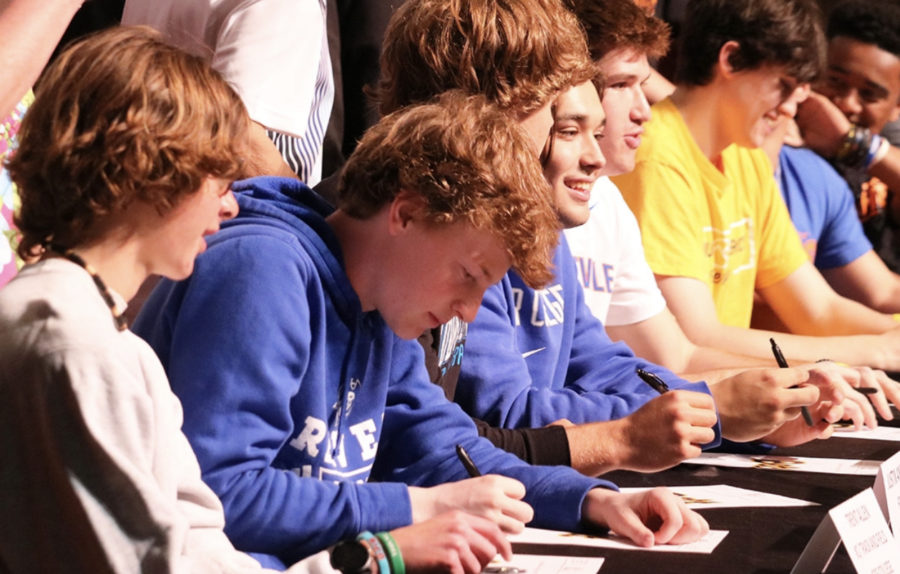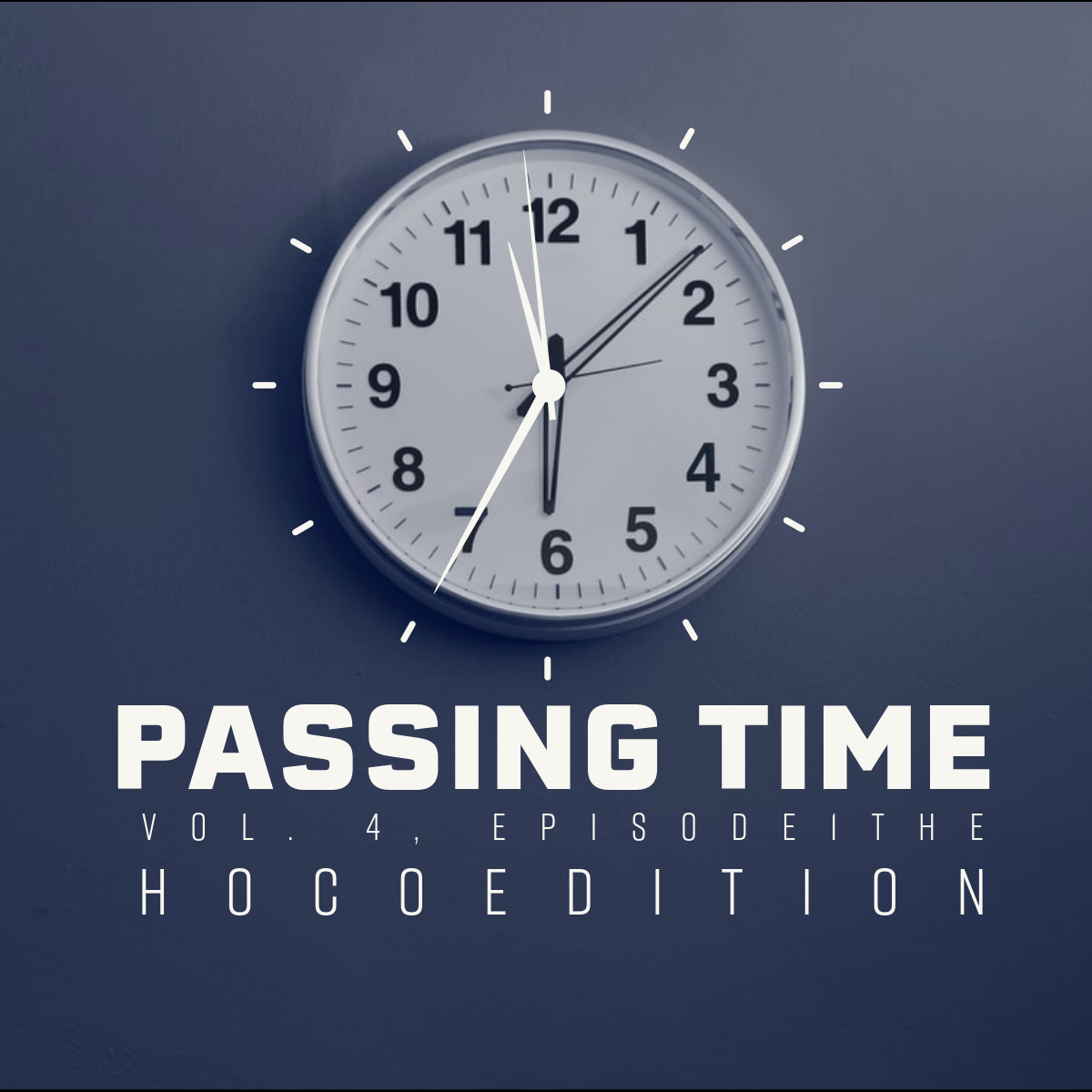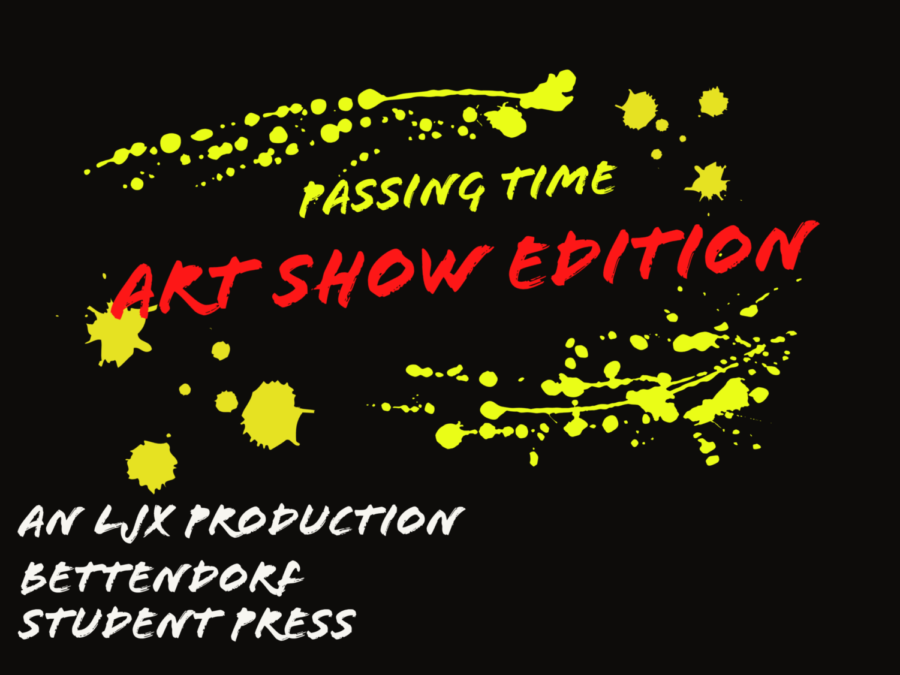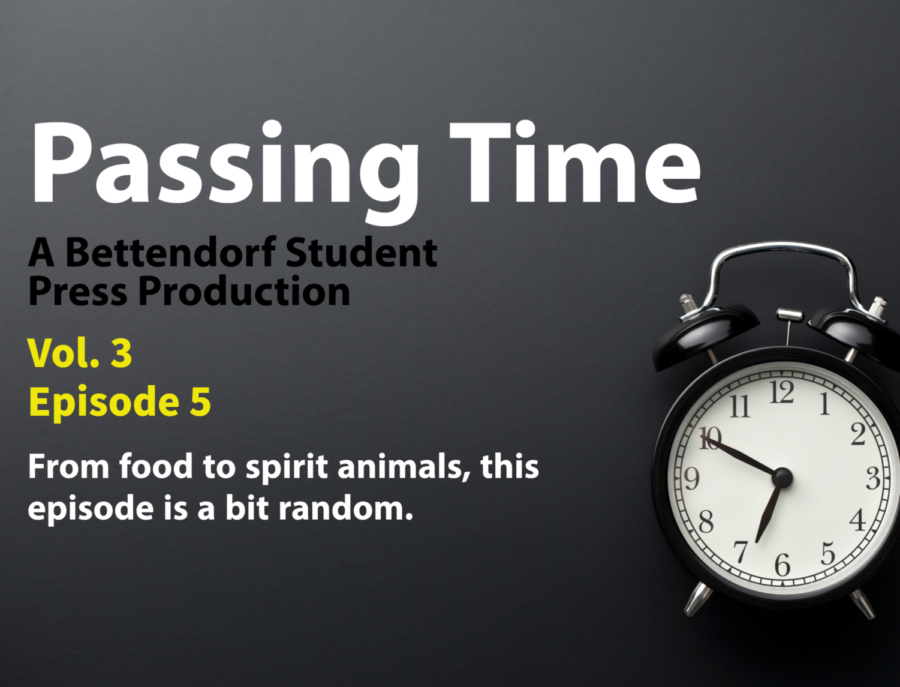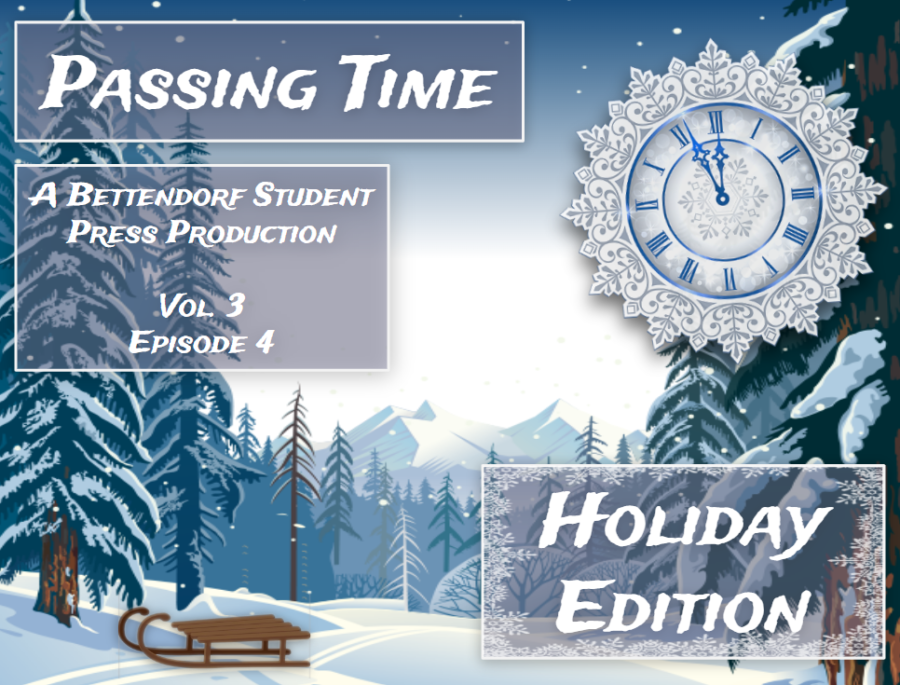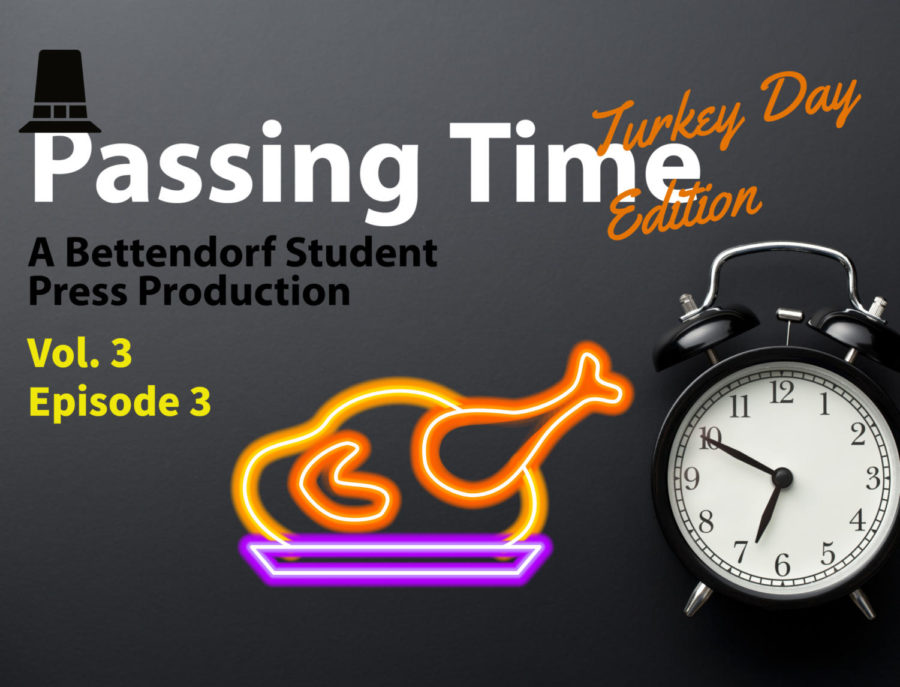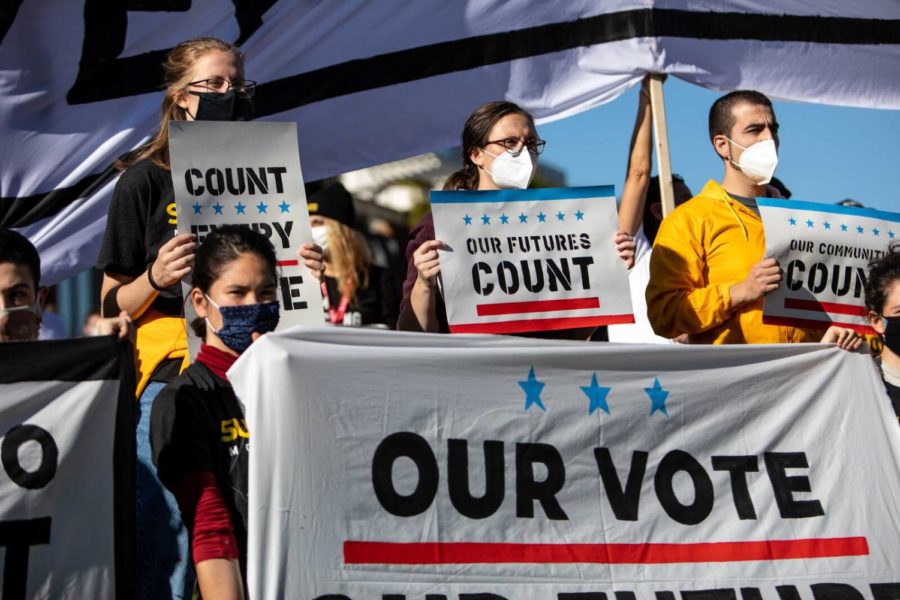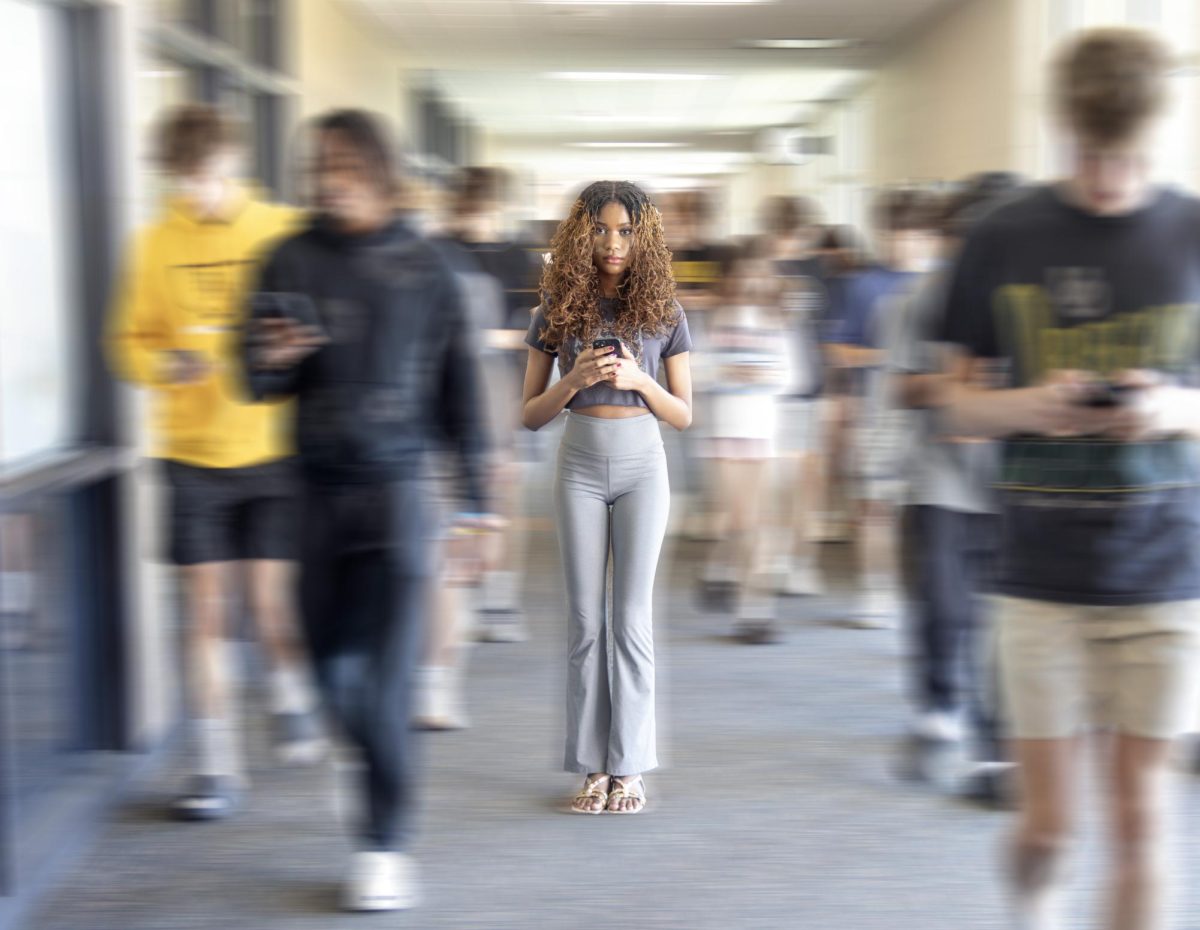Midterm election shows impact of young voters and challenges they face
December 20, 2022
Historically, the midterm elections were a chance for the American public to reflect on the first term of a president’s administration, often flipping the political majority of Congress in the process. But the most recent round of elections has broken the mold, with the Democrats holding their majority in the Senate, negating the Republican party’s prediction of a “red wave.” In an address to the nation, President Biden thanked younger generations for their record breaking participation, but some question the election system and whether it is even worth casting a vote.
According to a form sent to seniors at BHS, 60 percent of respondents were eligible to vote. Out of that 60 percent, a total of 66 percent actually voted in the last election, with 33 percent opting out.
Compared to the national statistics, the percentage of those who voted at BHS is significantly higher. But, young voters still face challenges at the polls, especially when it comes to Voter ID laws.
The most widely accepted type of photo identification is a driver’s license, making it difficult for teenagers who don’t possess a license to find a valid form of ID. According to the The Leadership Conference on Civil and Human Rights, 20 percent of young voters do not have a driver’s license. Additionally, some states have decided that voters have to be attending a public university in order to use their student identification.
Education and instruction on how to vote is another hurdle that many teenagers find themselves running into.
“The worker just kind of gave me my ballot and sent me on my way.” said senior Jenna Hancock, “So I didn’t realize there was a backside. Also, no one told me what to do if there is only one politician to vote for.”
According to a study done by Tisch College, teenagers who were contacted several times with the reminder to vote were more likely to do so. But politicians and campaigns often target those with higher education, like college students, leaving high school students with lower voter turnout.
“I think it is intimidating to vote because you head into a room full of older people. I was the only one under 40 years old in there, let alone 20.” said senior Lauren Schenck.
Despite the difficulties and assumptions around voting, the impact of individual votes in midterm elections is significant. In 2020, there was a six vote difference in the election for Iowa’s 2nd Congressional District. Scott County, which includes Bettendorf, falls into the 2nd District and was vital in the election between Rita Hart and Mariannette Miller-Meeks.
The internet is a great resource for those who are confused about voting. Plenty of organizations, including Rock the Vote and iCivics, provide information for young voters that are casting a ballot for the first time.


